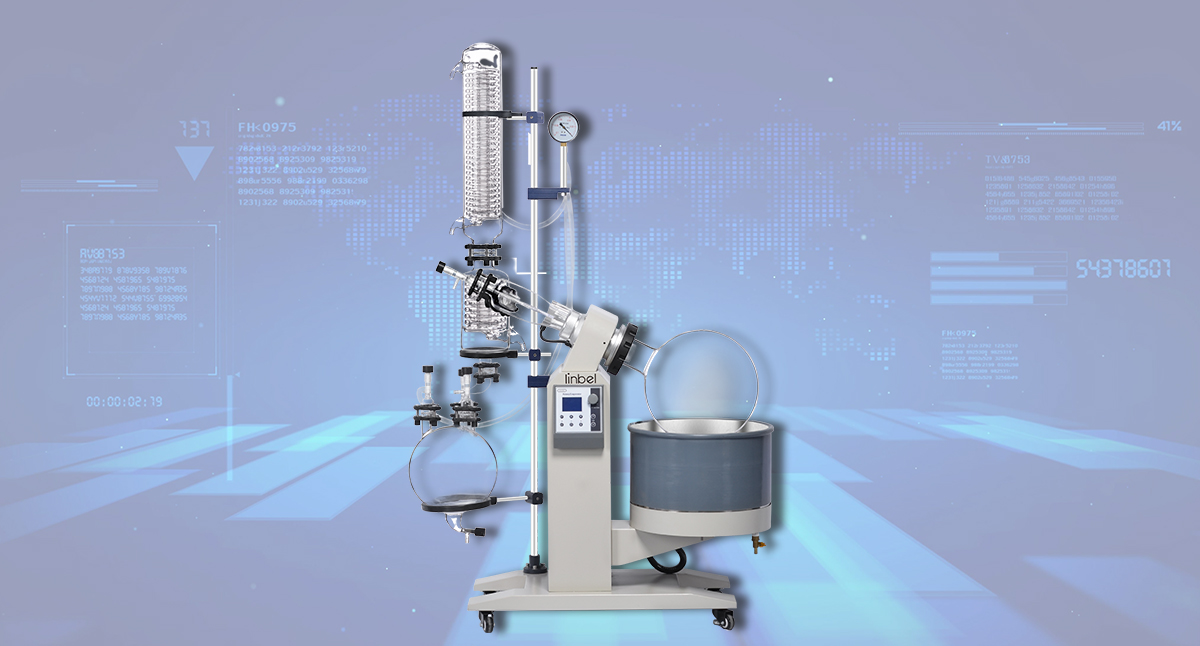When using a rotary evaporator for experiments, these issues need to be noted.

1. Rotating evaporator capacity:
Capacity generally refers to the capacity of an evaporation bottle.
The rotary evaporator commonly used in universities and laboratories has a capacity of less than 50L, and the maximum capacity provided by Linbel Instrument is 100L rotary evaporator.
2. Sample addition amount:
The amount of sample added is about 1/3, generally not exceeding 1/2.
During the rotation of the evaporation bottle, due to the centripetal force and frictional force between the liquid sample and the evaporation bottle, a thin film will form on the inner surface of the evaporation bottle. An appropriate sample size can maximize the film area and provide better distillation efficiency.
3. Heating temperature and heating medium of the heating pot:
The temperature of the heating pot should be 20 degrees higher than the volatile boiling point of the solvent. If using a vacuum pump, please pay attention to the boiling point of the material under vacuum.
Tap water or distilled water is generally used for heating media. When using high temperatures or oil baths, it is advisable to consider using a heating pot cover to prevent splashing.
4. Condenser:
For condensers with the same condensing area, there are usually vertical condensers and inclined condensers on the market. For practical application effects, the condensation effect is equivalent, and different models can be selected according to the spatial location of one's own laboratory. Linbel can also be customized with double condensers.